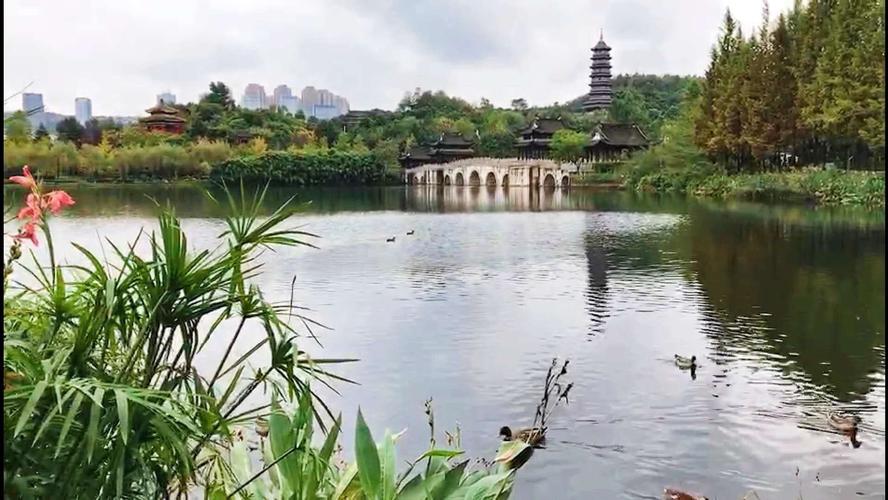The Philippines is a country of diverse cultural traditions that have evolved over centuries of history. It is a rich tapestry of various influences that have shaped its identity. From the Malay, Chinese, Spanish, and American colonial periods, the Philippines has inherited a unique melting pot of traditions that are fascinating to explore.
Food is an essential aspect of Filipino culture, and it reflects a rich mixture of different flavors and styles. The cuisine is a product of the blending of various regional dishes, and each dish has a unique story to tell. For example, adobo is a staple dish that is often celebrated for its savory and tangy taste. It is made by marinating meat in a mixture of vinegar, soy sauce, and garlic, then cooking it to perfection. The history of adobo dates back to the colonial era when Spanish colonizers introduced the concept of marination to the Philippines.
Music is another integral part of Filipino culture. The country is renowned for its vibrant and diverse music scene. Traditional music genres, such as kundiman and harana, are still popular today, showcasing the richness of the country’s music heritage. Modern music in the Philippines encompasses various genres, including pop, rock, hip hop, and reggae. Filipinos’ love for music is reflected in the popularity of karaoke. Singing karaoke is a favorite pastime of many Filipinos, and it is an essential part of every party or celebration.
Filipino festivals are also a testament to the country’s cultural diversity. Almost every region in the Philippines has its own unique festivals and traditions, which are often colorful and joyful celebrations of life. Some of the most famous festivals include the Ati-Atihan in Aklan, Dinagyang in Iloilo, and Sinulog in Cebu. These festivals are celebrated with great zeal and enthusiasm, showcasing the country’s passion for life and its enduring cultural traditions.
Art also has its place in Filipino culture. Ancient art forms such as pottery, weaving, and woodcarving have been passed down from generation to generation and are still practiced today. Modern art has also emerged in the Philippines, with many contemporary artists gaining global recognition for their works. The National Museum of the Philippines is home to an extensive collection of art and artifacts that document the country’s rich cultural heritage.
In conclusion, exploring the rich tapestry of Philippine cultural traditions is a fascinating journey that reveals the country’s unique identity. Food, music, festivals, and art all play a crucial role in Filipino culture, and these traditions continue to inspire and enrich the lives of Filipinos and people around the world. The Philippines is a vibrant nation that celebrates diversity, and it is this diversity that makes it a truly extraordinary country.
(Note: Do you have knowledge or insights to share? Unlock new opportunities and expand your reach by joining our authors team. Click Registration to join us and share your expertise with our readers.)
Speech tips:
Please note that any statements involving politics will not be approved.
